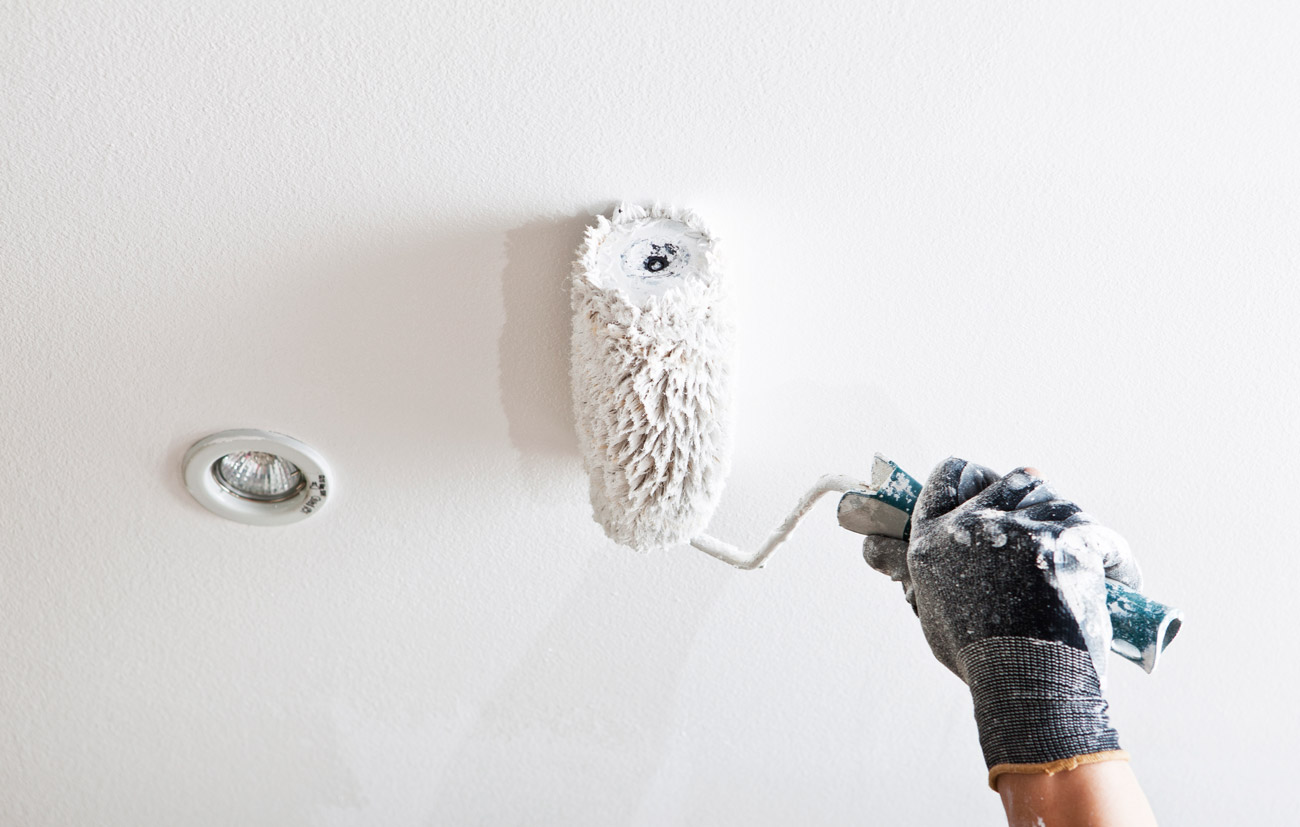 Image credit: iStock/aronaze
Image credit: iStock/aronazeIf you’ve ever been inside a home that was built somewhat around the 20th century, you must have noticed textured walls of dots reminiscent of a popcorn consistency. These are called popcorn ceilings. These ceilings are characterized by a textured appearance, closely resembling popcorn; hence the name. There was a time when popcorn ceilings were hugely popular; however, with time, the popularity diminished and people started investing in other healthier options.
This blog presents a little history of popcorn ceilings and why they are no longer in vogue. Moreover, we have gathered here a guide to popcorn ceiling removal, so let’s jump right into it!
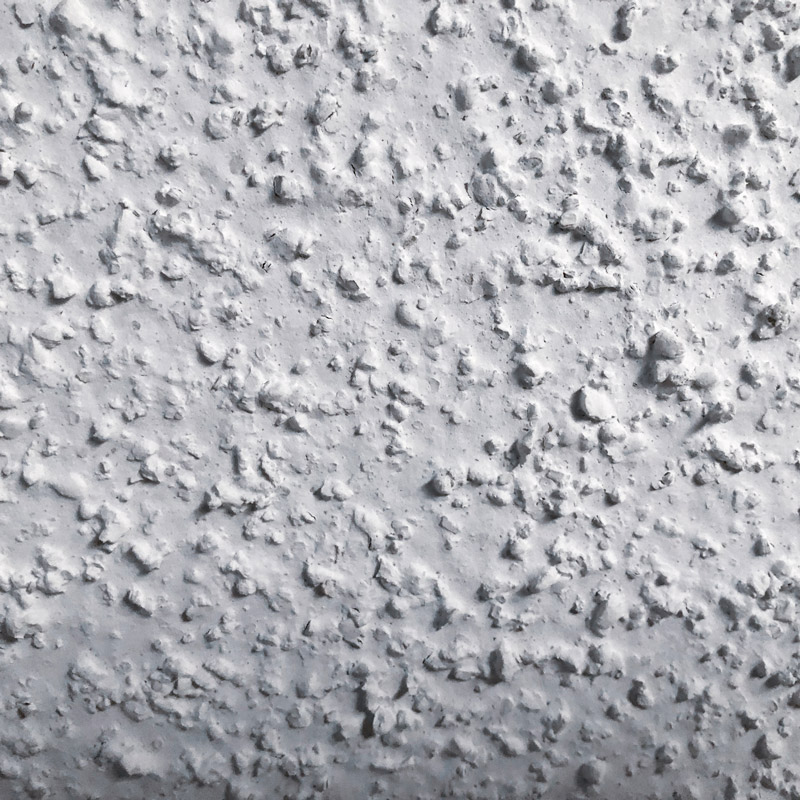 Image Credit: iStock/TriggerPhoto
Image Credit: iStock/TriggerPhotoWhat Are Popcorn Ceilings?
Popcorn ceilings are characterized by a textured appearance, resembling that of popcorn or cottage cheese and were widely popular. They are known by names resembling their appearance, such as acoustic ceilings, stucco ceilings and cottage cheese ceilings. These ceilings were popular in the US and Canada through 1930s to 1990s. People would normally get these ceilings in bedrooms, basement of homes and entrance hallways.
A Popular Trend
The reason for popcorn ceilings to be all the rage back in the 90’s was that they offered a cheap alternative to regular paint. Since the walls would be covered with textured paint, there was no need of rectifying any imperfections, as well as no need of filling in holes and cracks and sanding the walls before painting. Popcorn ceilings became a time-efficient and cost-effective way of painting ceilings.
Reason For Its Downfall
While it was a cost-effective painting solution, it was found to have asbestos in it that lead to mesothelioma (lung cancer) upon inhalation. Asbestos is an ingredient that was used a lot back in the 70’s in industrial equipment, paint, cement, and other utility things. Asbestos provided a good foundation in almost anything and was used in industrial and utility equipment because of its corrosion resistance property, its property of being water proof, its insulation and property of being fire proof. However, after finding out that asbestos caused lung cancer in 1978, the Clean Air Act in the US banned popcorn ceilings made with asbestos as the binding agent in it.
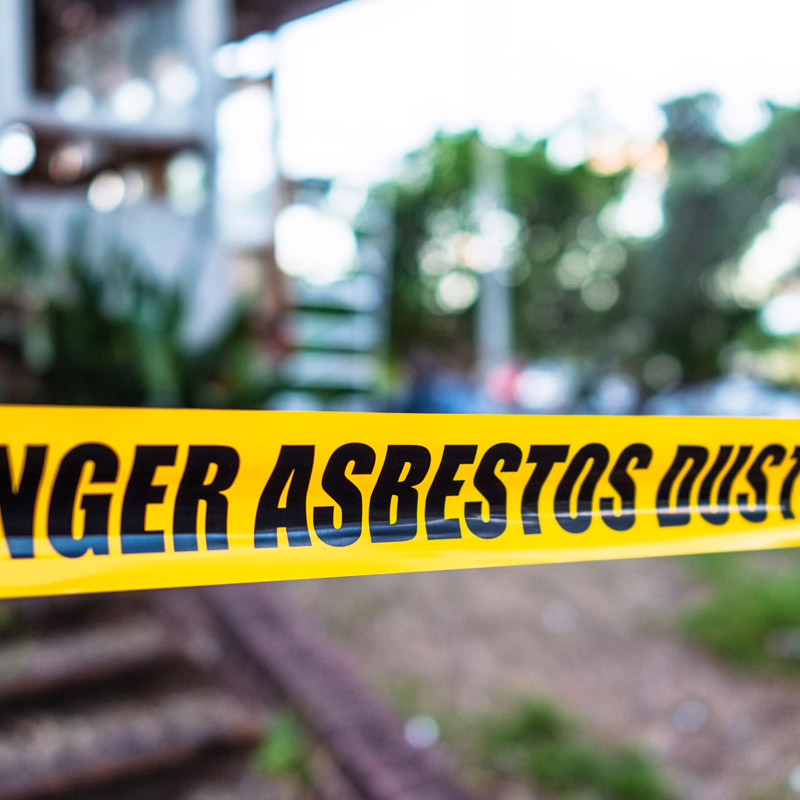 Image Credit: iStock/georgeclerk
Image Credit: iStock/georgeclerkTherefore, families avoid having popcorn ceilings and remove it if they are moving into a home that was built before the 80’s.
Removing Popcorn Ceiling
While popcorn ceilings that are made these days are free of asbestos and can be used in your homes, people consider getting it off because it takes a lot of maintenance to keep it clean. Over time, cobwebs, dust, spiders and dirt can make home in the delicate bumps and will become extremely difficult to clean. While you can use a vacuum or duster to clean the ceiling, applying pressure can cause the bumps to break off, making your home dustier and causing aesthetic damage.
Moreover, if you damage the bumps to a great extent, it can be expensive to get them repaired. If you do decide to fix it yourself, you would have to sand it, apply drywall plaster and paint with a segmented foam roller. You can also find spray paints that will give you a popcorn texture; however, it will fail to resemble the wall it used to be before. Therefore, in times like these, it is better to leave the job to experts, such as Princeton Painters!
Because the popcorn ceiling is so high-maintenance, many people consider scraping it even and apply a fine paint over it.
If you have taken it upon yourself to remove popcorn ceiling in your home, here are a few tips you can follow that guarantee a professional scrape right at home.
Doing A Scrape Test
Our first tip for you is to try and do a scrape test before you go about prepping your entire room for the removal. Keep the patch dry fist and scrape. If the popcorns come out, well and good! If not, try and wet the area first. While wetting the area will soften the popcorns enough to remove them, if they do not come out, you would have to find another way of scraping or hiding your popcorn ceiling.
Testing For Asbestos
The next tip for you is to check for asbestos! If your home was built before the 80’s it is very likely that the popcorn ceiling will have asbestos in it. Therefore, in this condition, it is better that you get your local health department to check for asbestos in your wall. They will take a sample and have it tested. If the test comes out positive, you would have to get an asbestos abatement contractor for removing the popcorn ceiling.
Preparing For A Mess
While removing popcorn ceiling, you will encounter a mess—a HUGE mess—so be prepared for it from the start! Invest in a few plastic drop cloths and line your furniture and floors with it. it will be easier for you to clean up the mess at the end of it all as you would only have to pick up the plastic and dispose it off.
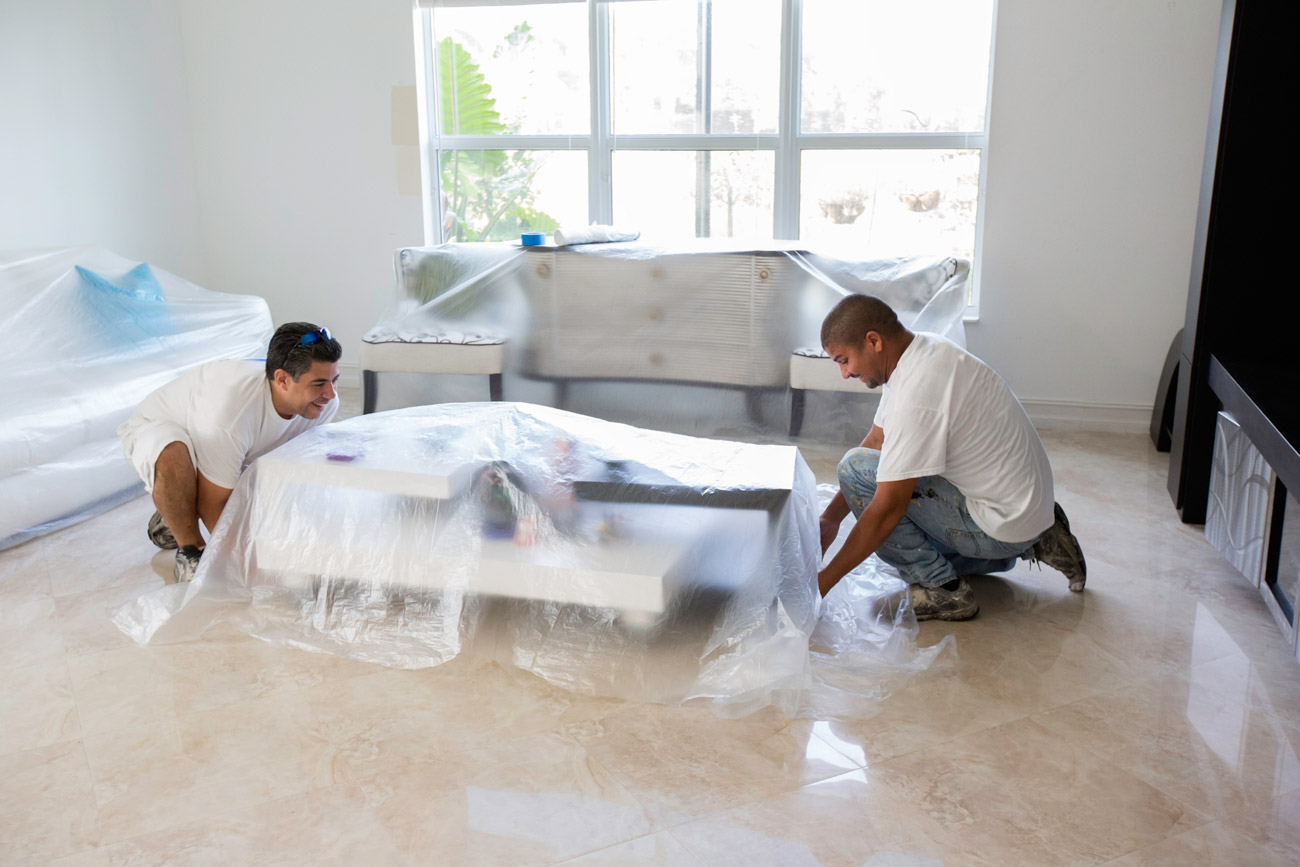 Image Credit: iStock/JodiJacobson
Image Credit: iStock/JodiJacobsonGetting Furniture Out Of Your Way
Even if you have plastic drop cloths, it is still better to take out most of your furniture. Popcorn ceiling removal is a messy job and it is better to protect your furniture from the mess so as to not damage it during the process. Saying that, we understand you won’t be able to take out all of your furniture and in that case, it is appropriate to cover it with plastic.
Remove Your Ceiling Fans And Fixtures
While the furniture’s out of the way, it is time to remove the ceiling fans and fixtures. This is to ensure you don’t get water in your electrical fixtures and that the wet popcorn is not in your fans.
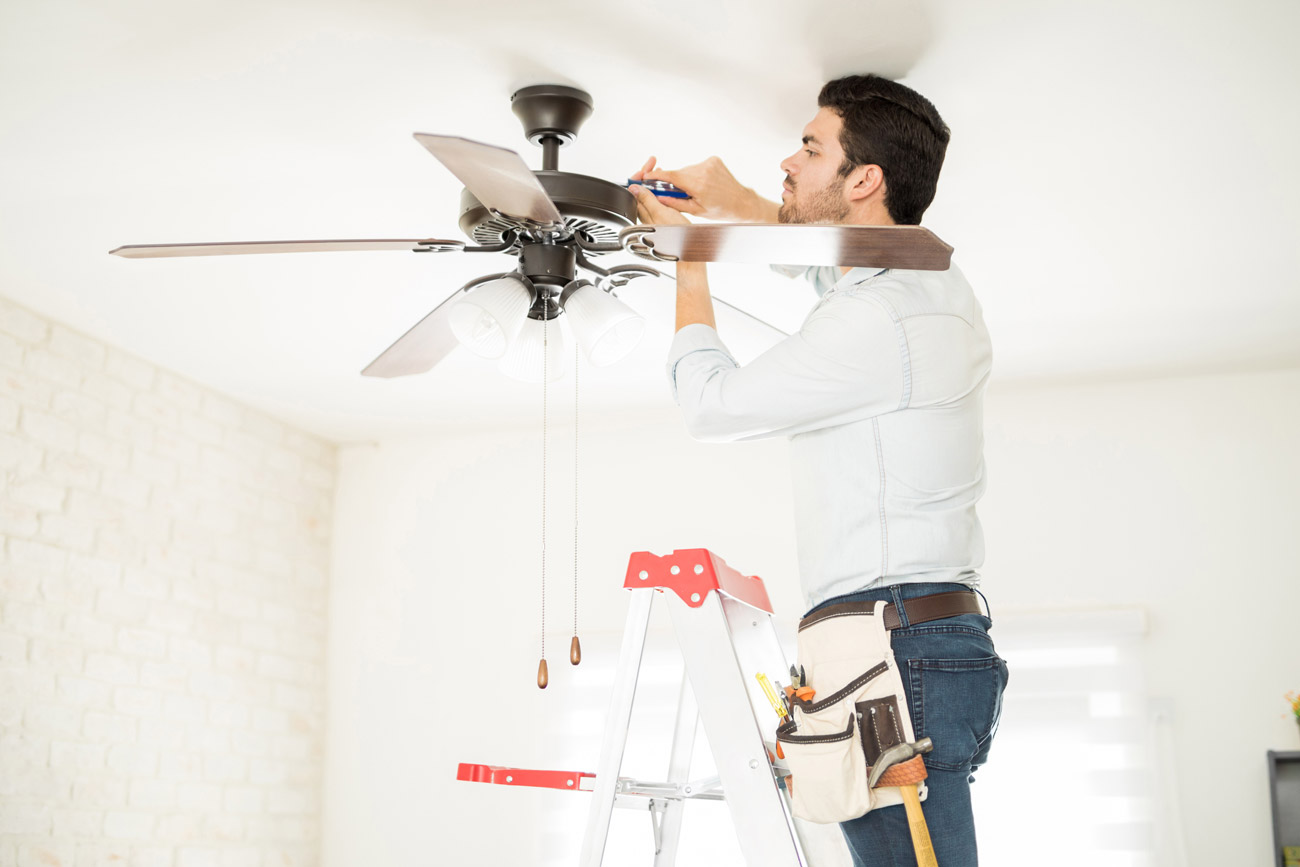 Image Credit: iStock/Antonio_Diaz
Image Credit: iStock/Antonio_DiazWritten contracts should include the specific terms of the work to be done, including timeline, finish dates, exact pricing, and exactly what work will be done. Make sure that you get a personal copy of the contract.
Protecting Can Lights
Next, you want to make sure that you are protecting your ceiling lights by stuffing them with rosin paper or newspaper. Moreover, make sure when you’re doing the project, the main power switch is turned off.
Covering All The Electrical Boxes
While you are removing popcorn ceiling, make sure to cover all electrical boxes with tape. This will ensure that the wiring will be dry when you spray paint your ceiling. Make sure to overlap the junction box’s sides with tape and trimming around the edge with a scissor or knife.
Wetting Your Ceiling With A Sprayer
Now, you need to wet your ceiling with a sprayer. Be careful not to drench it with water but to lightly spray it. Wait for around 10-15 minutes for the popcorn ceiling to become moist. After that scrape it off.
If, for instance, you are not able to get your popcorn ceiling wet in 10-15 minutes, spray it lightly again. It should become easier for you now to scrape the popcorn off. If it doesn’t come off easily, consider covering it up with a drywall or dry-scraping the entire ceiling.
Working In Small Sections
This is one handy tip for you to follow! Always work in small sections when you are removing popcorn ceiling. If you do large portions at once, the ceiling will dry and you would have to spray it again to scrape it off easily. Therefore, take small pieces of area and work on it first.
 Image Credit: iStock/AleksandarNakic
Image Credit: iStock/AleksandarNakicUse Mud Pan For Less Mess
You can get a mud pan from a home center. Use it to make less mess around the fall by catching the falling popcorns in it. Moreover, you can scrape your scraper off on the pan if it loads up.
Prevent Gouging The Ceiling
While you’re using a scraper you need to be careful as to not gouge the ceiling. Gouging the ceiling will leave you with several wounds that you would have to repair, adding to your expenses. Therefore, prevent gouging by using a drywall taping knife or a wide putty knife. You can use a sander, file or even an electric grinder to achieve this.
After You Have Scraped The Ceiling
Congratulations, you have successfully scraped your ceiling of popcorns! Now, you won’t be able to paint with your favorite paint right away. You would probably have to fix a few gouges here and there and sand the wall before you paint.
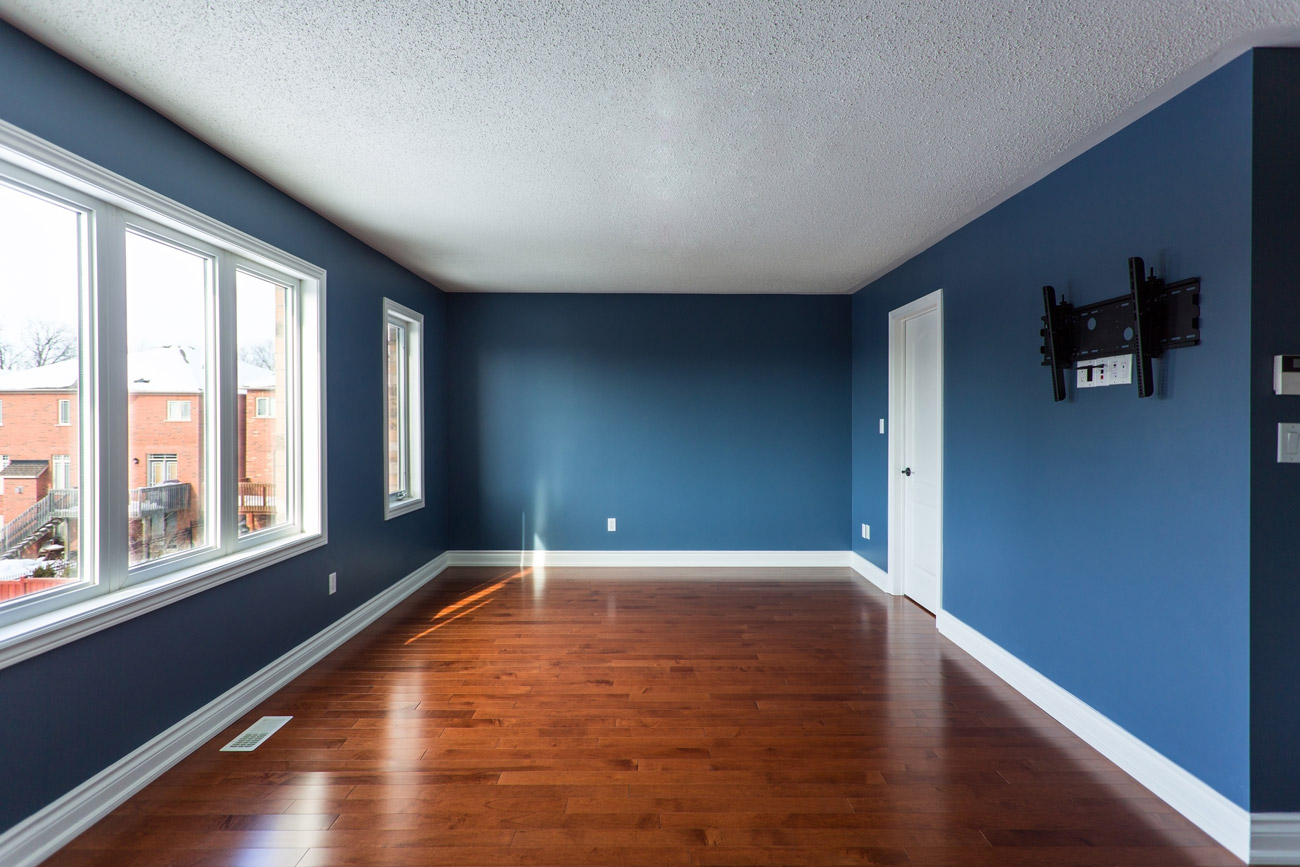 Image Credit: iStock/jgareri
Image Credit: iStock/jgareriConclusion
Popcorn ceiling was widely popular in the 70’s and 80’s due to its cost-effectiveness. However, because of health concerns, popcorn ceilings quickly went out of vogue. This blog presented you with helpful tips for removing popcorn ceilings in your home. Hopefully, you’ll have no trouble removing it yourself. Consider contacting a health department first to make sure you don’t have asbestos in your popcorn ceiling. For homes built after the 90’s, that won’t be a problem. However, for homes made before that year, do not start scraping the walls right away as it can damage your lungs in the long run.
Moreover, if this project seems hard for you, we are just a call away and will be happy to help in popcorn ceiling removal in NJ!


